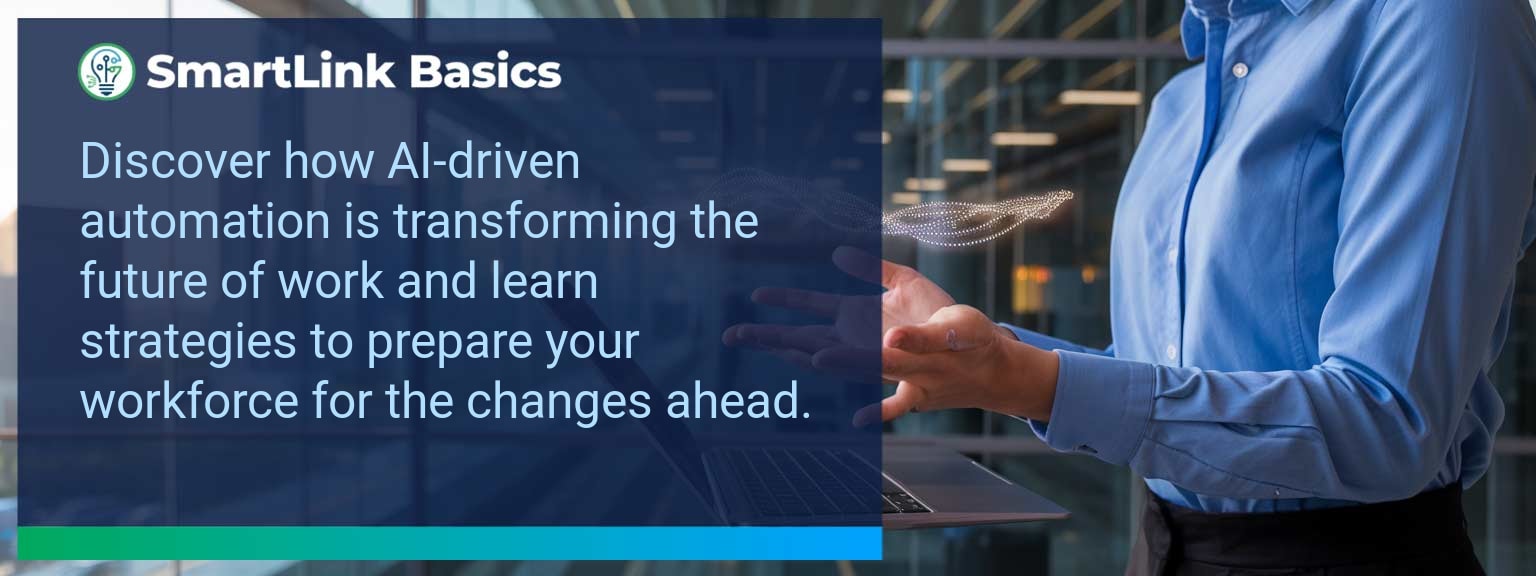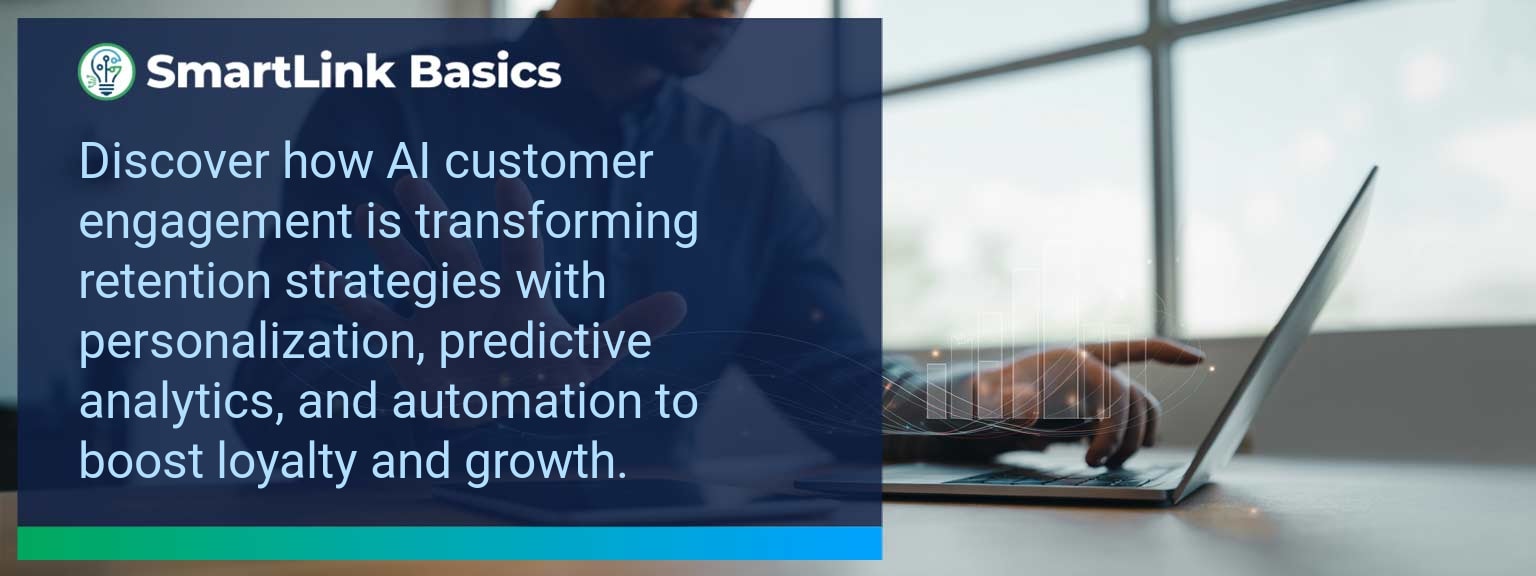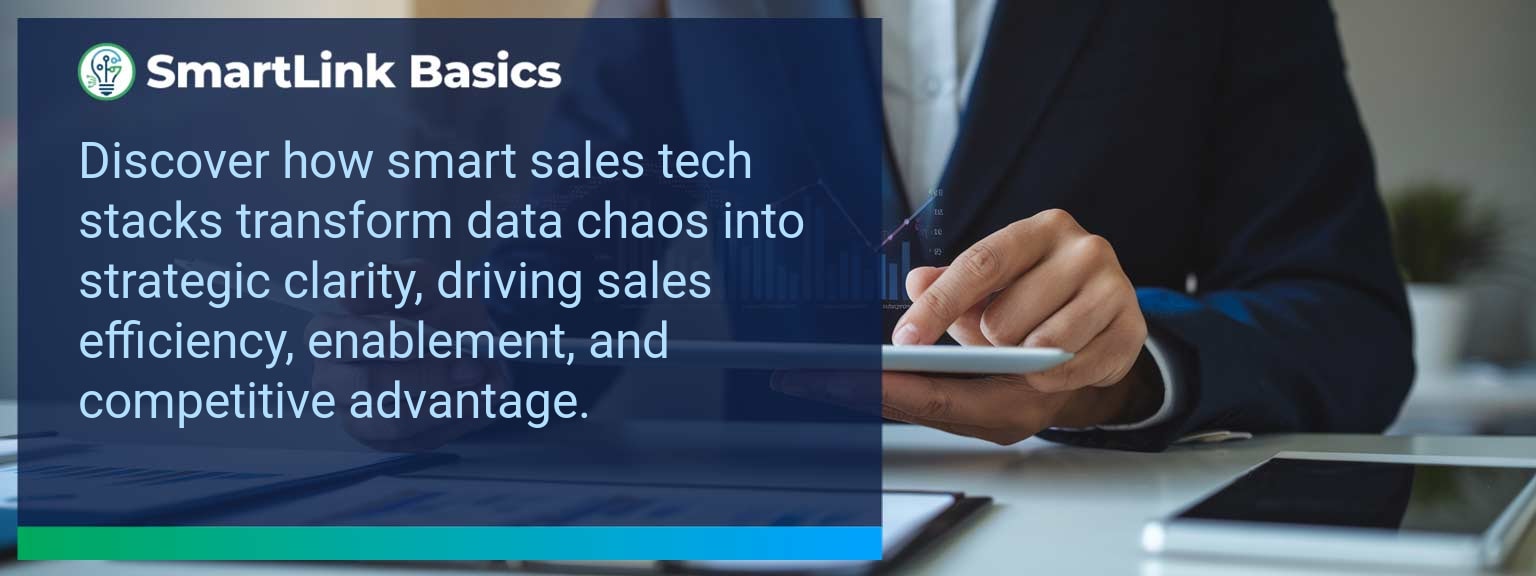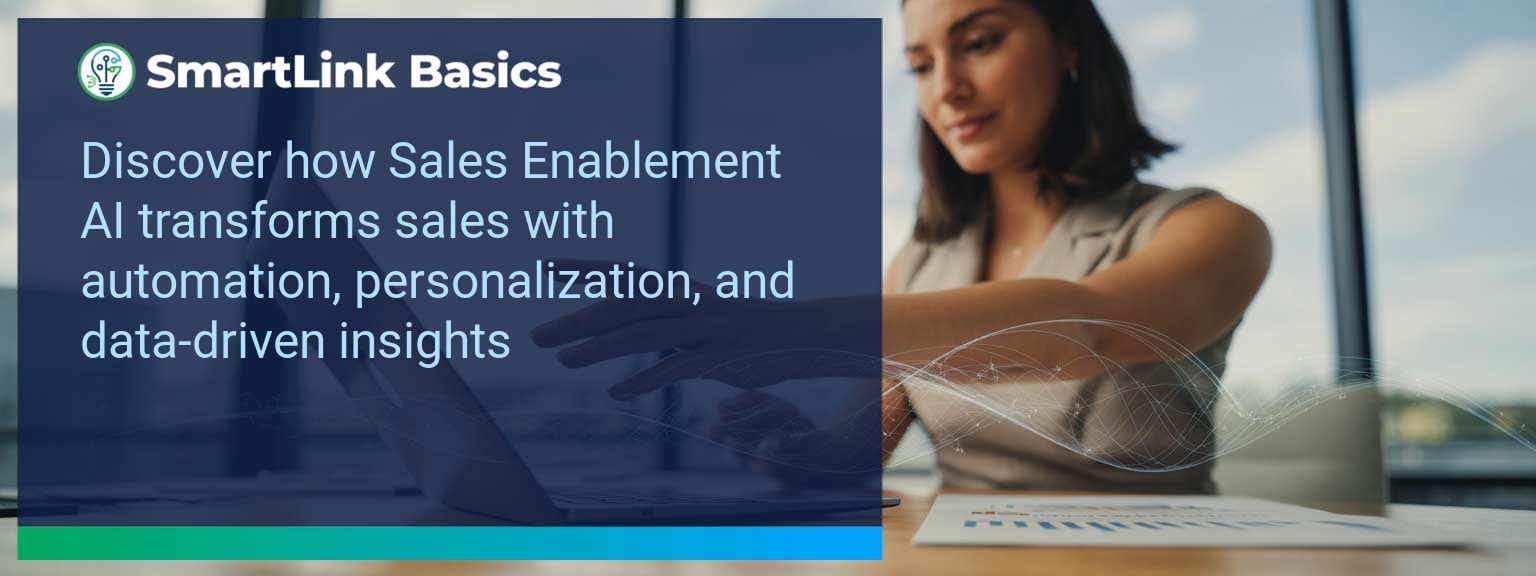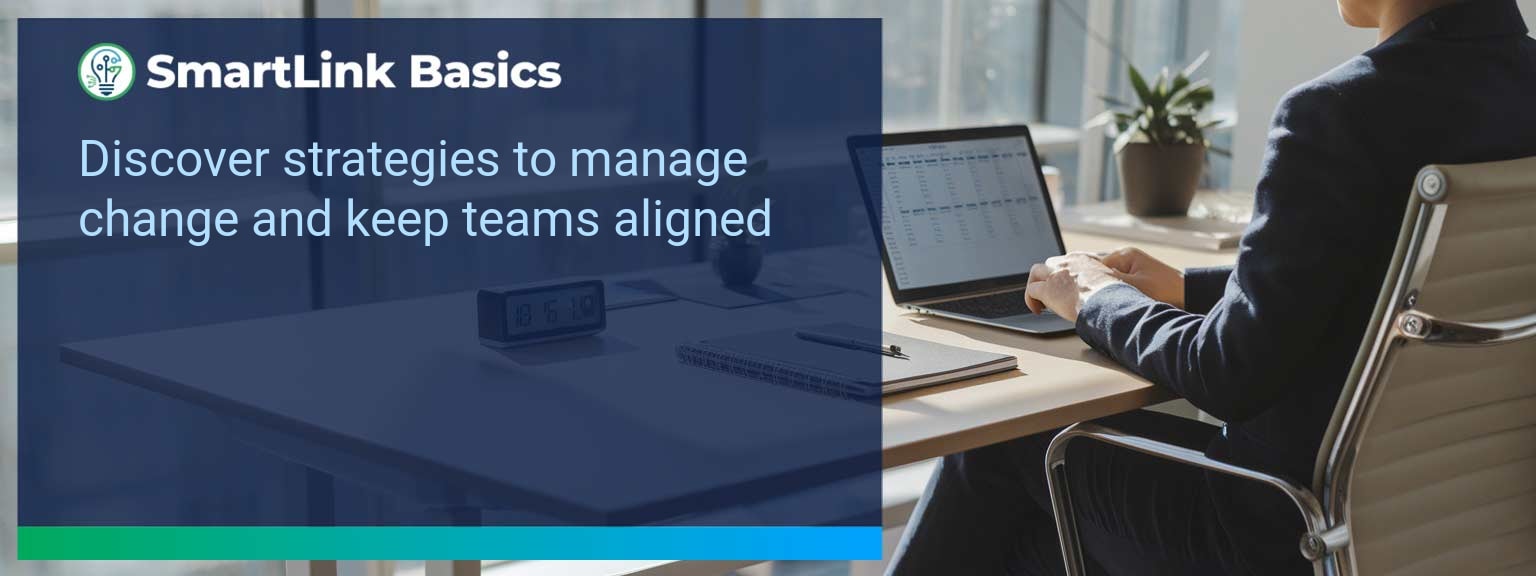AI-Driven Automation: Preparing For The Future Of Work
Advances in AI are now reshaping job design, decision-making speed, and execution across industries. McKinsey research predicts that by 2030, up to 30% of work hours could be automated. For sales leaders, this shift directly influences how teams prospect, negotiate, and close — making adaptation a revenue survival factor. At SmartLink Basics, we focus on helping decision-makers apply AI with precision to gain a competitive edge without disruption. This article explains the current automation trends impacting sales and operations, outlines the key challenges and strategic adjustments, and gives you an actionable plan for transforming your workforce. You’ll see how AI-Driven Automation can improve productivity, redefine roles, and open new growth opportunities if prepared for correctly.- AI-driven automation is accelerating changes in how work is organized and executed.
- Sales teams must adapt processes, tools, and skills to remain competitive.
- Redesigning workflows now will reduce disruption later.
- Automation can increase productivity and improve decision-making accuracy.
- Upskilling in data-driven, AI-supported execution is critical.
What Changed And Why AI-Driven Automation Matters Now
AI-Driven Automation moved from experimental pilots to core systems inside leading organizations within five years. Machine learning models now integrate with CRMs, ERP platforms, and customer analytics tools to automate insights and transactional tasks that previously required human input. The relevance for sales leaders is simple: every stage of the pipeline can now be augmented or automated. An example is real-time lead scoring powered by AI models trained on historical conversion data, which allows sales reps to spend more time on high-value opportunities. The takeaway is direct — ignoring AI adoption risks higher costs, slower cycle times, and loss of market relevance.Redesign The Revenue Operating System With AI-Driven Automation
To prepare, organizations must embed AI into their operational architecture. That requires rethinking the revenue engine from market targeting to daily execution. ICP, Segmentation, and Targeting AI tools analyze buying signals at scale, refining ideal customer profiles in near real time. For example, you can reprioritize target segments weekly based on live engagement and intent data. Pipeline Architecture Automated forecasting models now adjust deal probabilities dynamically, improving planning accuracy. Plays and Messaging AI-generated content assistants adapt value messaging to customer behavior patterns, increasing relevance across channels. Operating Cadence Dashboards that blend AI prediction with human oversight keep decision speed high without sacrificing judgment. The strategic move is to integrate AI outputs into team rituals so adoption becomes habitual rather than optional.Key Challenges Posed By Rapid AI Adoption
AI acceleration creates both technical and cultural friction points. From a systems angle, integrating disparate platforms requires robust data governance. Without this, automation may produce inconsistent or unreliable outputs. From a workforce perspective, change resistance is common. Employees often see automation as a job threat, leading to morale dips and slower adoption rates. A realistic example is an inside sales team reluctant to trust AI-driven lead qualification because it changes their prospecting workflow. Mitigating these challenges requires transparency, clear role definition, and structured training in AI fluency. Treat automation rollouts as transformation projects with phased milestones and clear success criteria.Strategies To Prepare For Automation
The key to thriving under automation trends is targeted workforce development. Focus on building skills in data interpretation, digital communication, and AI-augmented decision-making. Start small with a defined scope: one market segment, one enablement initiative, and one team. Measure early and expand only once adoption metrics hit target levels. Real-world wins, even on a small scale, help ease organizational resistance. An example is piloting AI-driven sales cadences in the SDR function to test open rates, meeting bookings, and rep productivity before deploying across all inside sales roles.Positive Impacts On Productivity And Efficiency
When implemented with clear objectives, AI-driven automation improves operational output without proportional headcount increases. Gains show in reduced sales cycle times, more accurate forecasting, and optimized customer touchpoints. For example, automating proposal generation can cut document creation from hours to minutes, freeing reps to work on complex negotiations. The practical action is to capture and validate before-and-after productivity metrics, using them to inform broader automation rollout plans.Evolving Opportunities In The AI Era
As automation trends mature, entirely new roles emerge in the AI-enabled workplace. These include AI workflow strategists, automation ethicists, and human-AI interaction designers. For sales, this means expanding pathways for team members to move into strategic analyst roles, customer insight specialists, and AI operations managers. One organization, for example, redeployed outbound reps into AI quality assurance functions, improving the reliability of lead scoring algorithms. Organizations that recognize and prepare for these role evolutions can turn disruption into growth by aligning talent strategies with AI capabilities.Metrics That Matter
| Category | Metric | Definition | Target |
|---|---|---|---|
| Leading | Adoption Rate | % of team actively using AI tools | 85%+ |
| Lagging | Sales Cycle Reduction | Decrease in average days to close | 20% reduction |
| Quality | Forecast Accuracy | Alignment of forecast to actual revenue | ±5% variance |
Get the 90-day plan, coaching rubric, and dashboard template to operationalize AI in your enablement program.

